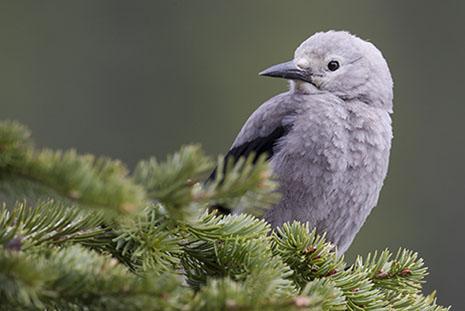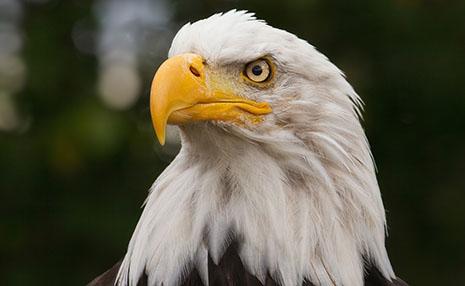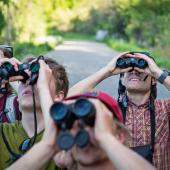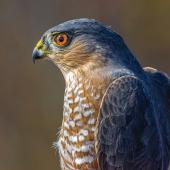Wingin' It
Identifying birds at a glance.
To say that spring is in the air might be premature, but on the other hand, it’s never felt quite like winter this year anyway. And while it’s only the first week of March, a recent hike in the Bridgers felt more like late April, and the constant chirping of birds confirmed that I wasn’t the only forest visitor confused by the weather.
When we’re in the woods, birds are all around us, but they frequently show up or leave suddenly and unannounced, giving us only a brief moment to ID them. I like to be aware of my companions when I’m outside, and however brief a sighting, an image that may be in my mind’s eye for a fraction of a second rather than an hour is no less beautiful or memorable. Other times, I may not have binoculars with me, yet I still want to identify the bird.
To recognize birds quickly, pay attention to “field marks,” or key characteristics of color or form that aid in the quick identification of animals. For example, the white stripe of a skunk is a good field mark. You may not know what kind of skunk, but you damn sure know that the white stripe means skunk, and you’d better proceed with caution. Field marks are even more helpful with birds. The red tail of a red-tailed hawk is an excellent field mark, as is the white head of a bald eagle.
If you stop at your favorite bookstore and look at the field-guide section, you’ll find guides to all sorts of natural phenomenon from many different publishers. My favorites are the Sibley and Peterson guides. These use artwork, not photographs, to illustrate the animal. In both cases, the artwork highlights the most important field marks. These books can also guide you in looking at the various parts of animals. In birds, the crown, nape, rump, and flanks are all descriptive terms for parts of the bird’s body. Familiarization with body parts can sharpen your observation skills and make your time outside more engaging.
So as daylight savings approaches, and we gain another hour of fun outside, be sure to take the time to look around. Dozens of bird species will return to the Gallatin Valley in the next few months, and you'll enjoy knowing the differences between them all.
Ken Sinay is the owner and operator of Yellowstone Safari. For more on their wildlife viewing programs, visit yellowstonesafari.com.















